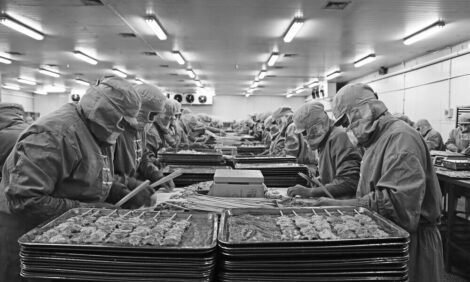



Does Higher Welfare Mean Better Nutrition?
GLOBAL - Higher-welfare animal products were shown to have a number of nutritional benefits over intensively-reared animal products, in a new study by Compassion in World Farming (CIWF).Having looked at findings from over 200 studies based on the relationship between the welfare of the animals and the nutrients from the animal products, CIWF then used data from 76 of the strongest results.
The report shows that higher-welfare animal products are often significantly lower in fat than equivalent products from intensively-reared animals. This includes pasture-reared beef, free-range and organic chicken and chicken of slower-growing breeds, and wild salmon and trout.
By opting for higher welfare animal products rather than factory farmed ones, consumers could significantly reduce their dietary intake of fat, including saturated fat, says the report:
- Free-range & organic chicken – up to 50 per cent less fat
- Slower-growing chicken – up to 65 per cent less fat
- Pasture-reared beef – 25 per cent to 50 per cent less fat
The report says that higher-welfare animal products often contain higher levels of antioxidants, such as vitamin E and beta-carotene, and higher levels of iron, compared with intensively-produced animal products.
Free range eggs were shown to have up to 100 per cent more vitamin E and 280 per cent more beta-carotene.
Free-range pig meat had up to 200 per cent more vitamin E. Higher welfare beef had 335 to 700 per cent more beta-carotene, and higher welfare milk showed 60-436 per cent increase in beta-carotene.
The report demonstrated that higher welfare animal products consistently contain a higher proportion of Omega-3 in their fat than factory farmed animal product.
To view the full report, click here.








